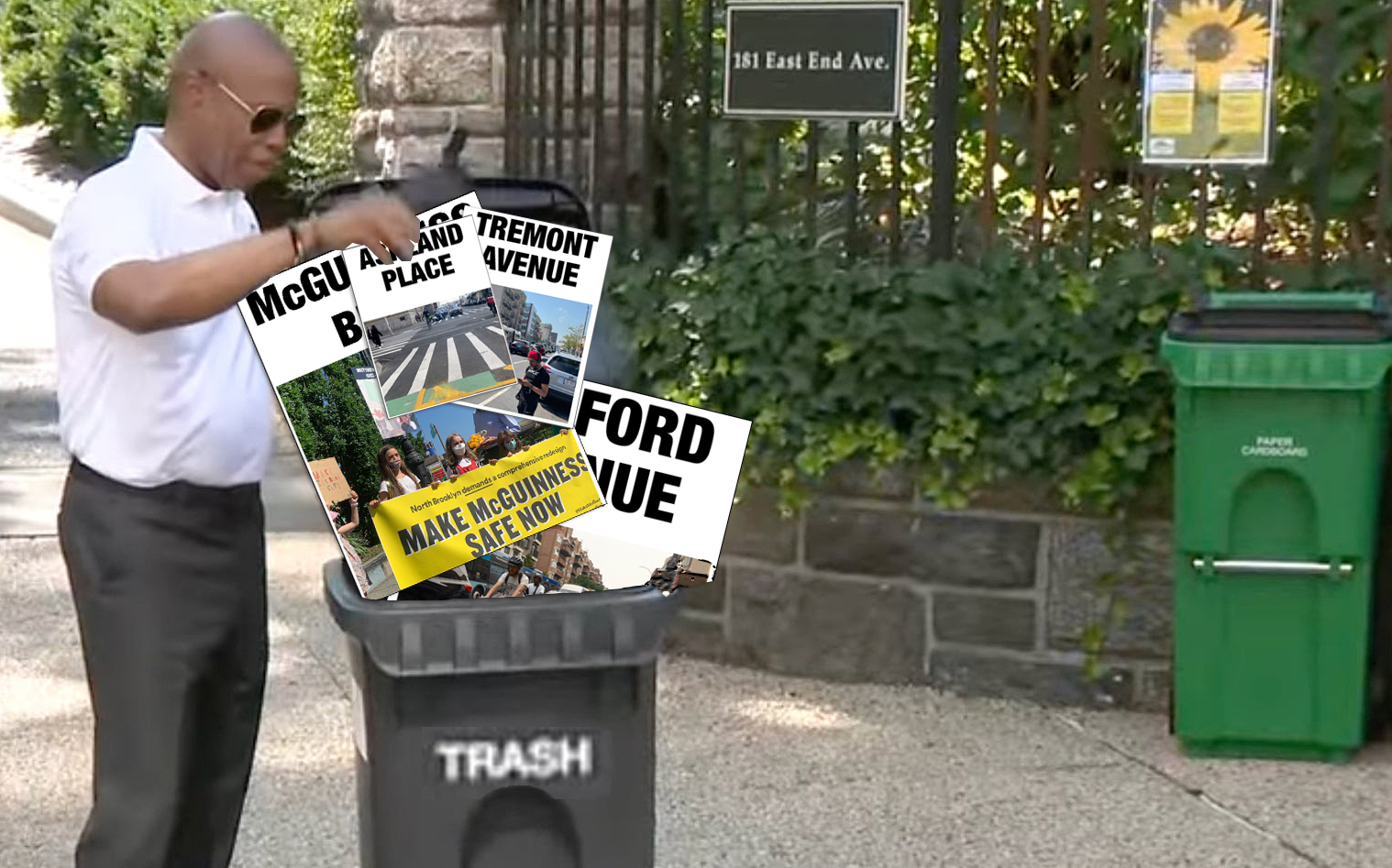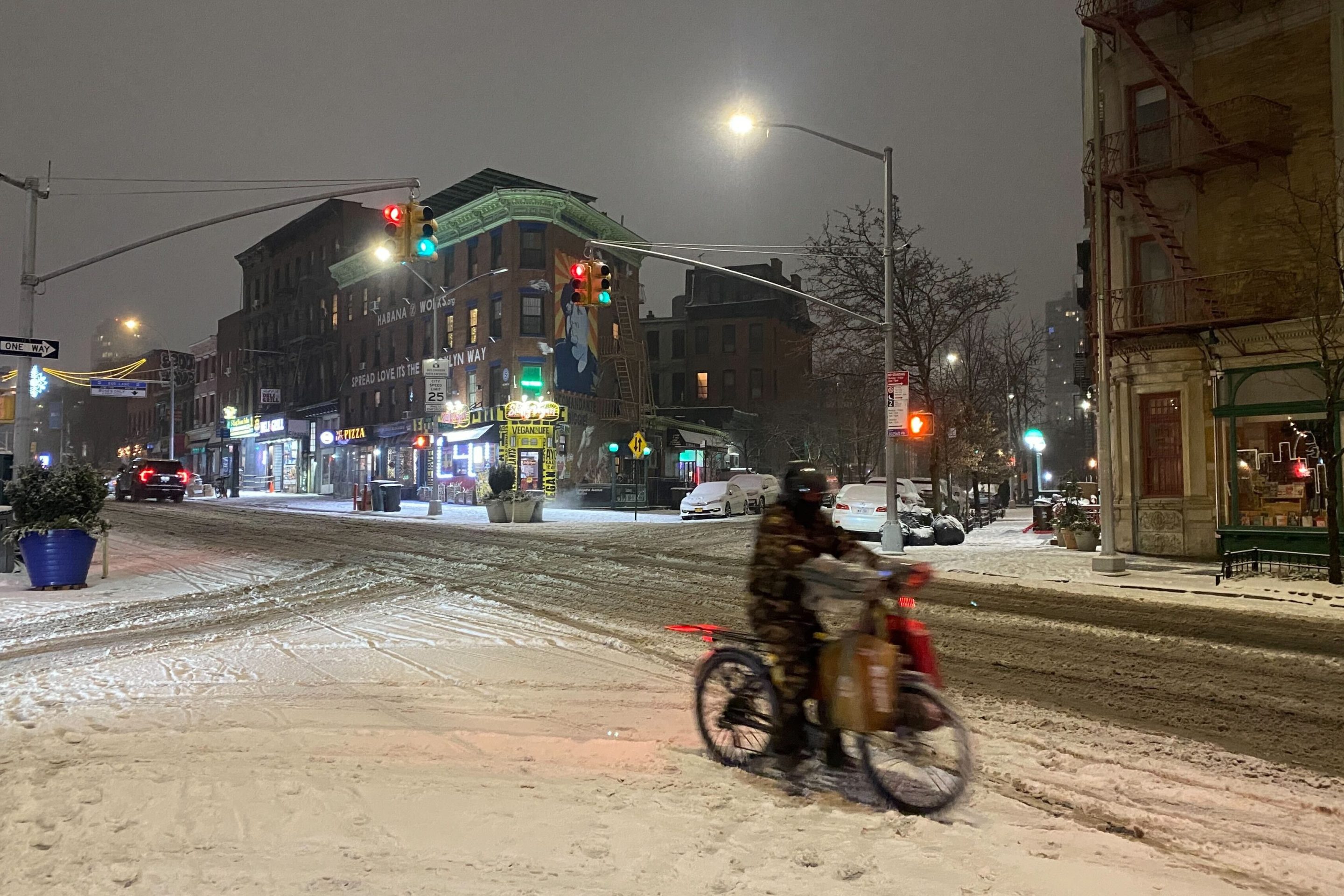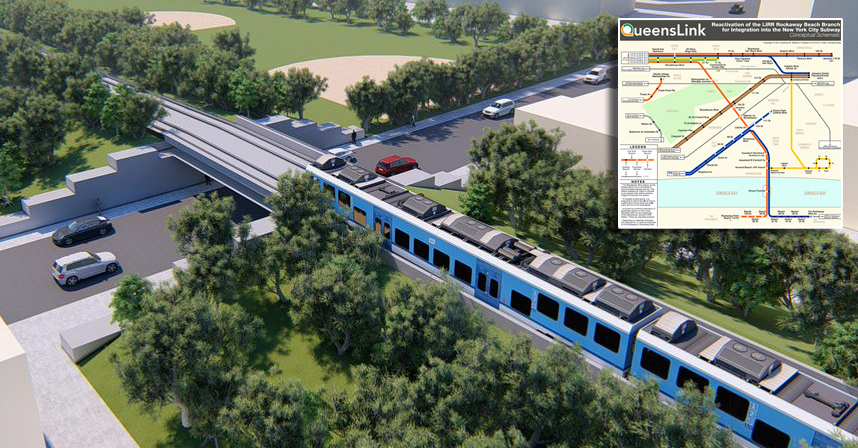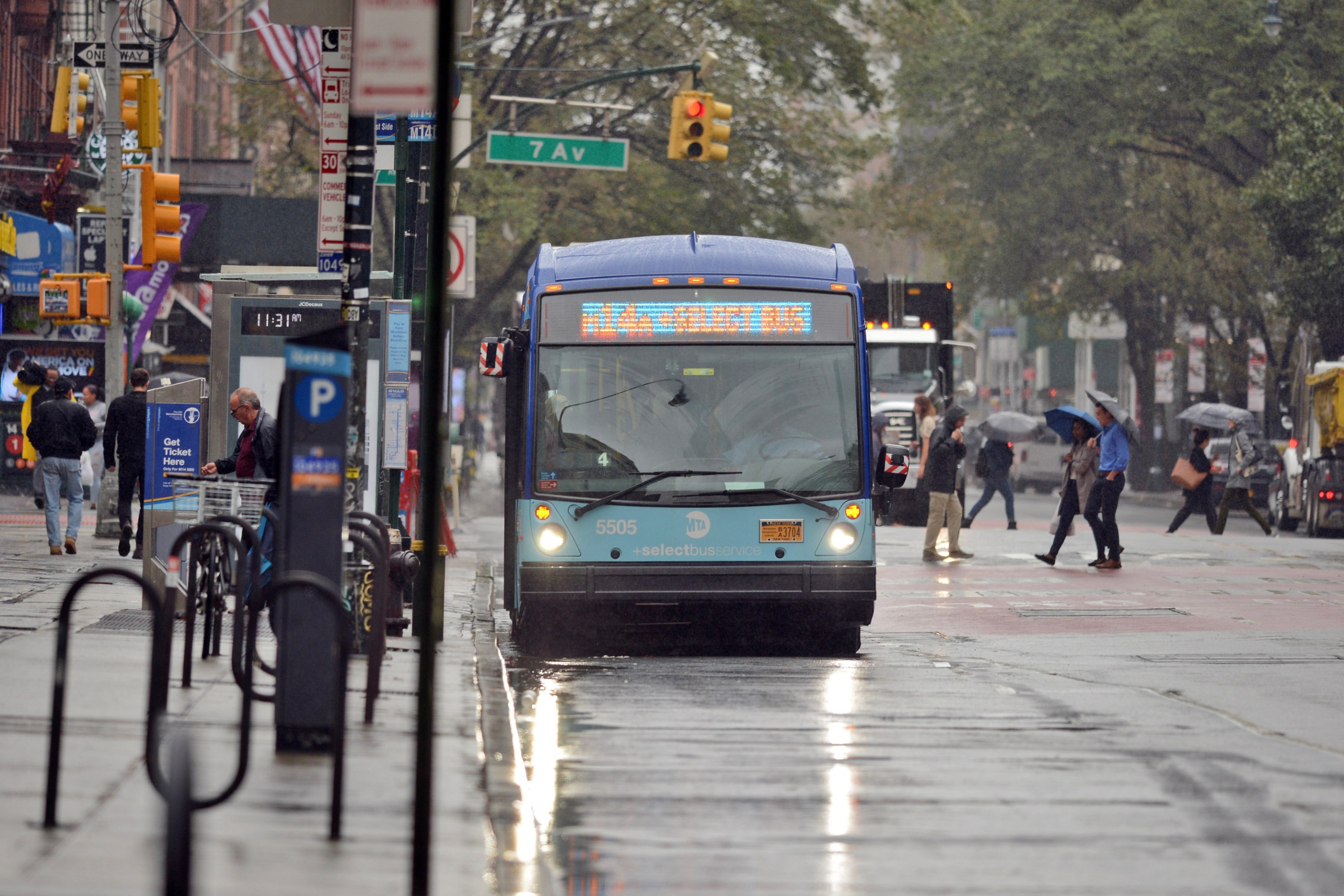The Upper West Side is offering the city a lesson in what a mature and constructive response to bike lane growing pains looks like.
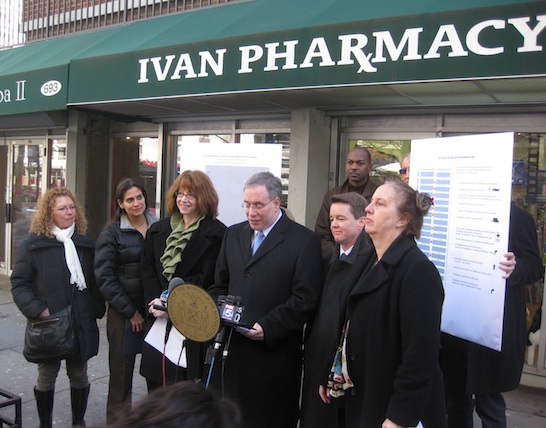
While the new protected bike lane on Columbus Avenue received community support throughout the process, once installed many local businesses along the corridor began to complain that the design was making it harder to park or make deliveries along the east side of the street. In response, elected officials and the community board developed a working group, surveyed those businesses and developed a set of tweaks intended to make the street design work better, which DOT has quickly accepted. That collaborative process has now set the scene for a continued expansion of the bike network on the Upper West Side.
The Columbus Avenue Working Group, made up of Community Board 7, the Upper West Side Streets Renaissance, and the offices of Borough President Scott Stringer, State Senator Thomas Duane, Assembly Member Linda Rosenthal, and Council Member Gale Brewer, canvassed the blocks of Columbus between 77th and 96th streets, asking those businesses on the east side of the street what they thought of the bike lane. They announced the results of that survey at a press conference yesterday.
Of the 65 businesses they surveyed, 36 responded. And while that wasn't a random sample, the results were pretty clear: 72 percent said the redesign had been bad for business. Of those negative responses, 86 percent identified reduced space for parking or loading as a concern and 53 percent said they'd had issues receiving deliveries.
No member of the working group, however, blamed the bike lane or called for a return to the more dangerous Columbus Avenue of the past. When asked by one reporter where things went wrong, Stringer answered, "I don't think that things went wrong." The only disconnect, he said, was that community consultation needed to be ongoing.
"You need bike lanes, but you need input," agreed Brewer.
That input turned into a set of modest recommendations (the full document listing them is up at Transportation Nation). It calls for left turn lanes to be shortened, where possible, to restore a few parking spaces; for DOT to work with businesses to calibrate the parking/loading balance on their block; and to reprogram Munimeters so that they can't issue permits during loading-only hours.
When they examined the street themselves, working group members found that the lack of loading space wasn't due to an inadequate number of loading zones, but to inadequate enforcement of those loading zones, which filled up with parked cars. They therefore urge the NYPD to crack down on misuse of the loading zones -- particularly parking placard abuse and double parking. They also recommend more enforcement of cyclist infractions in the bike lane.
Those recommendations earned the support of the Upper West Side Streets Renaissance. Columbus Avenue will now be a street "designed for everyone, with input from everyone," said Tila Duhaime of the UWSSR.
During yesterday's press conference, Stringer offered an additional recommendation that wasn't included in the working group report. The borough president complained that the community board had voted on a plan with six pedestrian refuge islands but found 28 installed. When he said they should get rid of some of those islands, however, Brewer and Wymore instantly objected, saying they liked them.
In a letter sent yesterday, DOT Commissioner Janette Sadik-Khan agreed to comply with most of the working group's requests and to study or collaborate with other city agencies on the rest. Stringer took a few jabs at DOT during the press conference, but ultimately praised DOT for their quick and supportive response.
Stringer was impressed enough with the results that he wants to make the working group a model. "I want to go to Grand Street," he said. "I want to go around the borough."
Rosenthal said the Columbus Avenue model could be a way of bringing people together and cementing support for important street redesigns. "Everybody has an interest in realizing a safe and friendly pedestrian, motorist, bike lane city," she said. "We want it to work: bike lanes have gotten some bad publicity lately."
That theory may already be working. Wymore said that the community board is now "looking for ways to connect what we've already accomplished here on Columbus Avenue to other bike lanes throughout the city. The goals is to have a network of bike lanes that work and really allow people to get from place to place. Hopefully we'll be working very closely with DOT to accomplish that."
The originally-requested northbound pair on Amsterdam may be a harder lift, however. Wymore said that because Amsterdam is less wide and carries more motor vehicle traffic than Columbus, it needs to be considered as part of a neighborhood-wide analysis.
